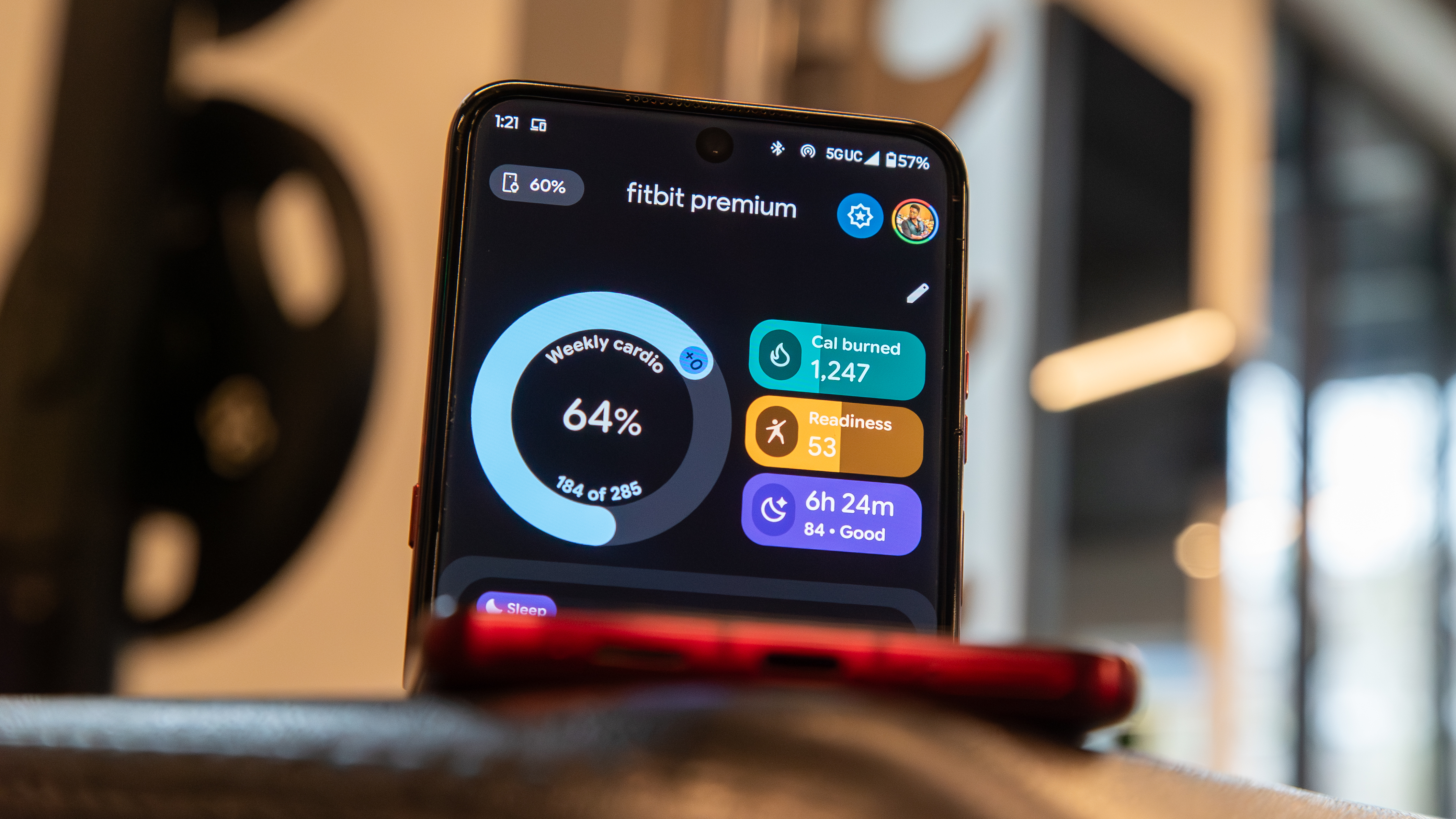Foldable phones, 5G, and how Corning's Gorilla Glass fits into all of it
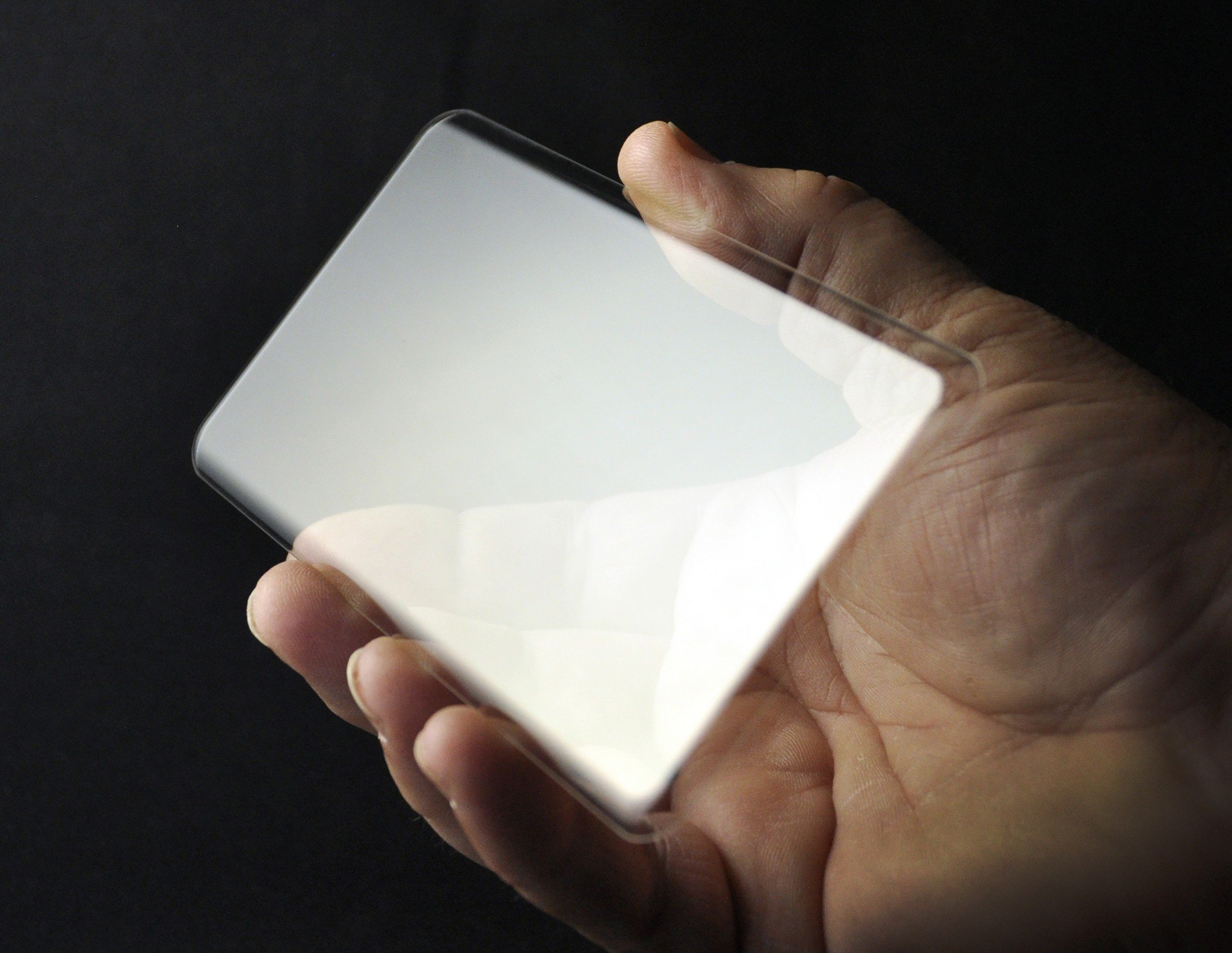
The smartphone industry is one that's filled with a lot of competition and passionate, loyal fans. People will spend countless hours debating which phone, operating system, camera, etc. is truly the best, but no matter if you have a Galaxy Note 10, OnePlus 7 Pro, iPhone 11, or any other mainstream handset, they all have one thing in common — they use Corning Gorilla Glass.
When you step back and think about that, it's a pretty phenomenal achievement for Corning. The glass on your smartphone is something you interact with countless times every single day. It's the component of your phone that you're the most hands-on and familiar with, and over the 12+ years since the inception of Gorilla Glass, Corning's established itself as the defacto standard for glass on just about every mainstream phone.
Looking at Corning's history as a company, it shouldn't come as a surprise that it does such a good job at creating glass. Corning entered the glass-making market all the way back in 1879 when it created the encasement for Thomas Edison's lightbulbs, and over the years since has continued to innovate. Corning pioneered cathode-ray tubes for CRT TVs in 1939, was responsible for the first heat-resistant glass to be used by NASA for space missions in 1961, and created the world's first fiber optic cable in 1970.
Gorilla Glass wasn't born until 2007, but for a lot of people — myself included — it's the Corning product we're most familiar with. That's an impressive feat for a company that's now 140 years old.

I recently had a chance to tour two of Corning's R&D facilities, including its Sullivan Park Science & Technology Center and Performance & Reliability Lab that's used to test Gorilla Glass. During this visit, I sat down with Scott Forester, Corning's Vice President of Marketing and Innovation for Gorilla Glass, to talk about Gorilla Glass's development and its future with foldable phones.
Unlike smartphones, Corning doesn't release a new version of Gorilla Glass every single year. There was a four-year gap between Gorilla Glass 1 and 2, and two years separating 4 to 5 and 5 to 6. I asked Scott if Corning always has something in mind for its next generation of Gorilla Glass, or if the company waits to see how the public responds to its latest version before starting development on the successor.

Since Corning isn't focused just on consumer electronics, it has scientists and engineers that are continually working (aka playing) with glass and glass-ceramics to see what new things they can create. This constant testing and experimenting with glass lends itself nicely to the development of Gorilla Glass.
Get the latest news from Android Central, your trusted companion in the world of Android
Here's what he says:
Harnessing that innovation engine, that's always going on. There's new recipes, new compositions every day. So that innovation cycle is going on every day. And so there's not an essence of a start and a stop, but a feedback loop. It's really continuing to try to stay abreast of the art, the art, the science, and how those materials are moving, what new properties are there, and folding that back in and getting customer feedback on that. At some point, you have to pull something out of the process and bring it to market. Does it solve all the problems, does it do it the best way it can? There's no clear start. It's much more trying to harness that innovation engine. It's a more unique recipe than some other companies might have.
Since Corning has been around for over a century, the company has a lot of innovation processes that it can look back on and use for future applications. For example, the process for making long, thin, bendable strands of glass was discovered decades before Corning had an application for it in 1970 with the introduction of fiber optic cable. I asked Scott if Corning looked back at an older discovery the company had made when it set out to create Gorilla Glass, and it turns out that it did. Per Scott:
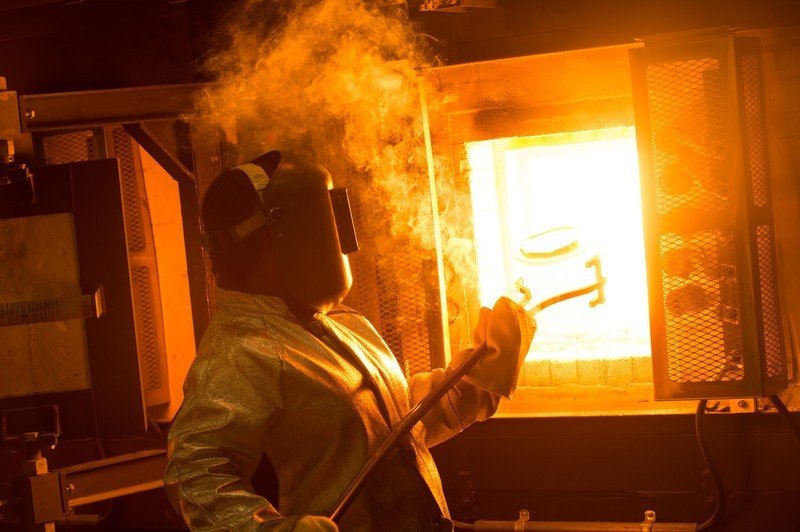
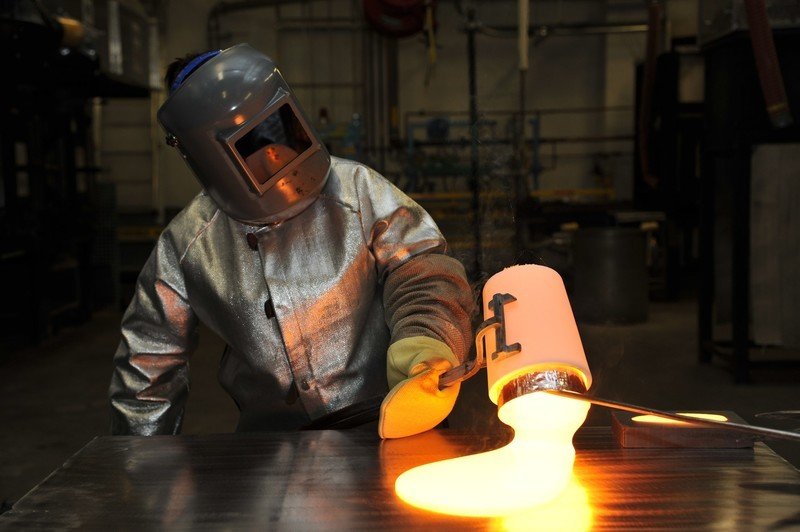

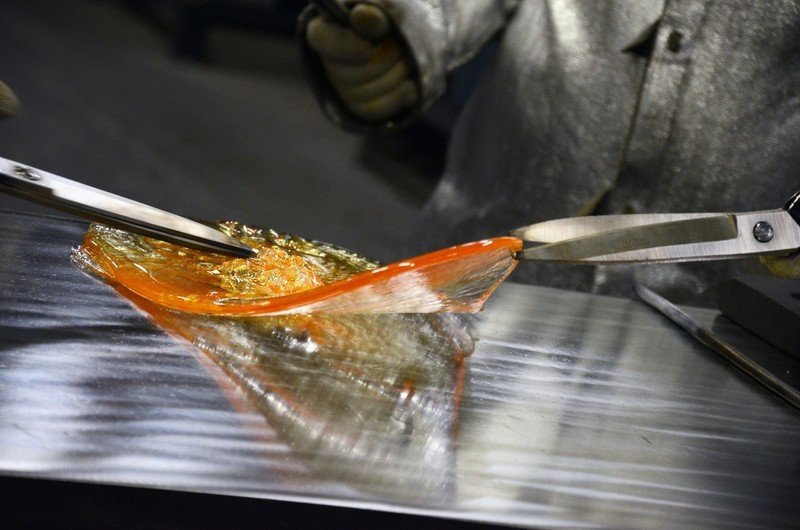
It was really interesting — it was really the combination of two things that we pulled off the shelf. One was a process called the fusion draw process, where instead of floating glass on a hot tin bath, which is how most glass is made around the world, we created a draw process where you poured it into a trough and it comes down a machine. It's never been touched by human hands on either side, so it's a pure, pristine surface. We thought that was the greatest thing since sliced bread, but that was in the '50s. And we thought this would be great for making windshields, so we went to Detroit and they said 'no, it's not really an interest, we already have a solution for that.'At the same time, we found a way to strengthen glass and bought that again to Detroit. And there were like 'nope,' we've got a solution. So both of those technologies kind of went on the shelf. The fusion draw process went on and became an application for liquid crystal displays. So it started out for watches, then you know, alarm clocks, and then small TVs. And now you've got TVs as big as a wall, and that was all led by the fusion draw process. So that manufacturing process was something that was on the shelf and didn't begin to evolve until the '80s.Then, that buried back up again with the glass strengthening process in the mid-2000s where again both of those technologies came together. We had to change them and re-engineer them, the application, and create a new material set, but the fundamental science was something that had been invented decades earlier.

Corning launched its sixth generation of Gorilla Glass back in 2018, with the main focus of this latest iteration being to make the glass more resistant against repeated drops — something my butterfingers and I can attest to doing quite often. When asked about the biggest challenge going into creating Gorilla Glass 6, Scott said this:
We continue to survey consumers around the world on a pretty frequent basis. The top three things that continue to be the drivers of improvement is really around drop performance, scratch performance, and readability. And so we rank them in that order and we continue to strive to make the material that much better. Gorilla Glass 6 really went to 'I can make the material more drop resistant, but what does that mean from a use case?' Waist height, selfie height, how high can you go? And then we started to look at it from a frequency basis — how often do you drop your device? And what you're really seeing in that ability to be damage resistant or tough means you're trying to not create those scratches and those flaws and create a catastrophic event.Gorilla Glass 6 allows you to drop your device 15 times where it's up to two times better than Gorilla Glass 5 was in some of those similar tests. That ability to have frequency of drops was one of the key things that allowed us to really continue to address the drop request we get from consumers.
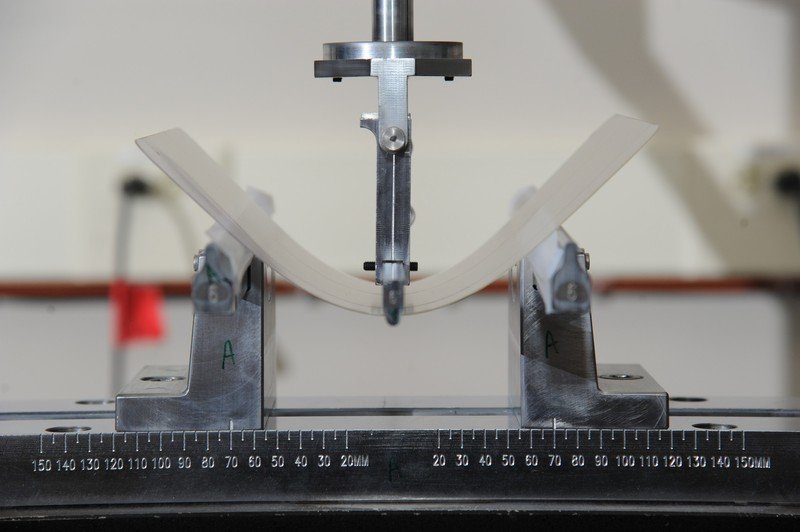
Gorilla Glass 6 is an impressive achievement and is a more than welcome addition to the industry, but the smartphone form factor is quickly changing. Foldable phones are now a reality, with Samsung and Huawei preparing to launch their first mainstream foldables and other companies expected to follow suit very soon. This first wave of foldable phones use POLED (aka plastic) displays, but a transition to foldable glass needs to happen for these devices to be taken seriously.
A report came out back in March that Corning was in the process of developing a foldable variant of Gorilla Glass, and although we didn't get a chance to see it in person during the tour, Scott Forester did share some insight on the company's current development plans for it:
There's clearly discussions around foldable as a form factor. Our view is it's really just one large screen, so all the same attributes that we have come accustomed to on our smartphone, we'll want to have the same sort of experience on a foldable phone. When it comes to touch sensitivity, clarity of the glass, durability of the glass, scratch resistance of the glass, all those we'll want to be in that same form factor. I think that's where we'll start to see innovation emerge. That form factor and the use case, that's still pretty wide open. We talked a little earlier about how we do our best when we solve really hard problems — that problem hasn't been clearly defined yet. How big, how small, how much do you want to bend it, how thick, how heavy, what's the insides look like? As that begins to emerge, I think you'll start to see more rapid innovation in that space.We actually have active programs developing thin, bendable glass. I think it'll take a year or two to get there, to really define it. But that customer feedback loop we talked about is a critical part. You can't invent in a vacuum, it has to be solving a problem. So that ability to co-innovate with OEMs is just part of our business model. It's one of the core tenants that we're relying upon.
When asked if Corning was working specifically with OEMs that have already started creating foldables phones, Scott said, "The answer is yes." Corning has active working relationships with Samsung and Huawei, so a Galaxy Fold 2 or Mate X 2 with Gorilla Glass might not be too far off.
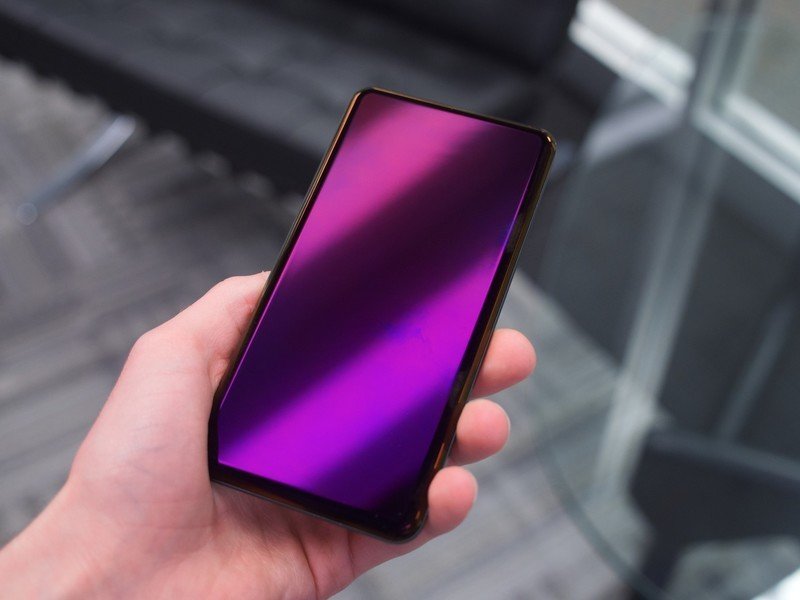
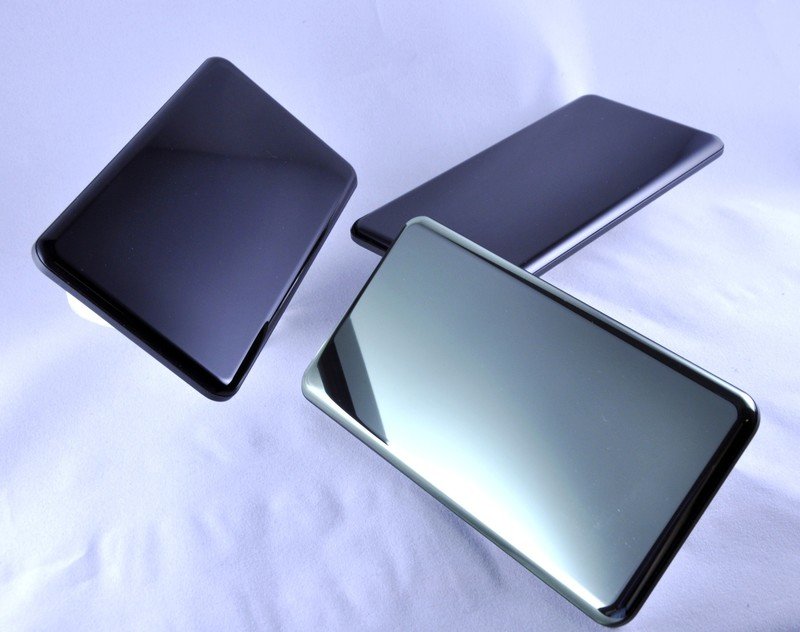
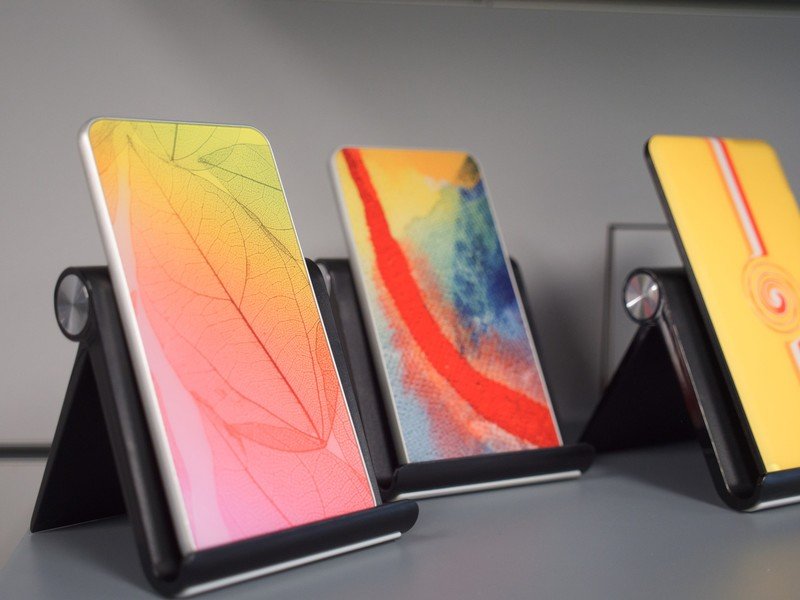
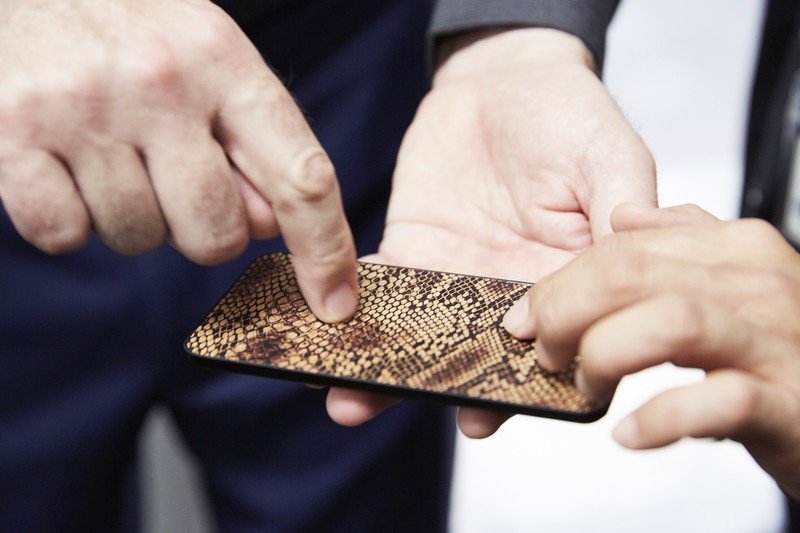
Scott also talked a bit about Corning's involvement with 5G and the expanded use of glass for the backs of smartphones — two trends that have not gone unnoticed over the last couple of years. While foldables are still at least a year or two down the road for Corning, these are two things the company is actively involved with.
I think the other thing you're starting to see is glass on the backs of devices. We typically think of glass as being transparent, but what's really interesting is you can now begin to print on glass, decorate glass, and it's all contained behind the durability of Gorilla. So all of those designs are no longer exposed like they would be on a metal or plastic case — they're all highly protected. And you can create texture. I think as 5G emerges, you'll start to see an emergence of highly RF transparent materials, which glass is really synonymous for. You'll start to see glass return and to not only be taken advantage of for the technical properties, but also the design elements of glass — both touch, feel, and on color.
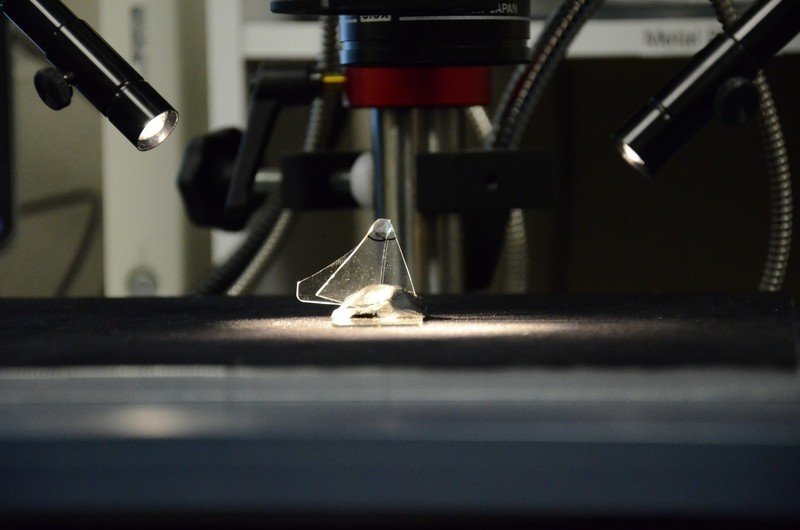
Talking with Scott and getting to see Corning's facilities up close and in person, it's pretty remarkable the position that Corning is in. Yes, there are other companies out there making glass for smartphones, but Corning kind of has an unspoken stranglehold on the market. Since it doesn't have to concern itself too much with fierce competition, Corning can spend large amounts of time and resources to experiment with different things and create new glass-making processes that'll be used for years and years to come.
Smartphone displays can still break/scratch, and unless Corning reinvents the laws of physics, always will have that potential vulnerability. That said, Corning is on a constant mission to make glass thinner and more durable. Those efforts are seen with its drop tests, temperature and humidity-controlled bend tests, and even the company's "Fractologists" whose job it is to study cracked and shattered smartphone displays to better understand why the glass broke and what Corning can do to prevent that in the future.
These next few years are bound to be some of the most challenging Corning has faced yet for Gorilla Glass. Bendable glass isn't a completely new territory for Corning, but building that to cover a large smartphone display that can be intentionally bent hundreds of thousands of times is quite a tall order.
Add that together with the constant race to 5G and the recent push for colorful and stylized glass smartphone backs, and a lot of the mobile industry rests on Corning's shoulders. After talking with Scott and getting to see some of the company's operations up close and personal, I can't wait to see how Corning pulls all of this off.
Android 10: Evaluating performance on Pixel XL, Pixel 2 XL, Pixel 3 XL, and Pixel 3a XL

Joe Maring was a Senior Editor for Android Central between 2017 and 2021. You can reach him on Twitter at @JoeMaring1.
